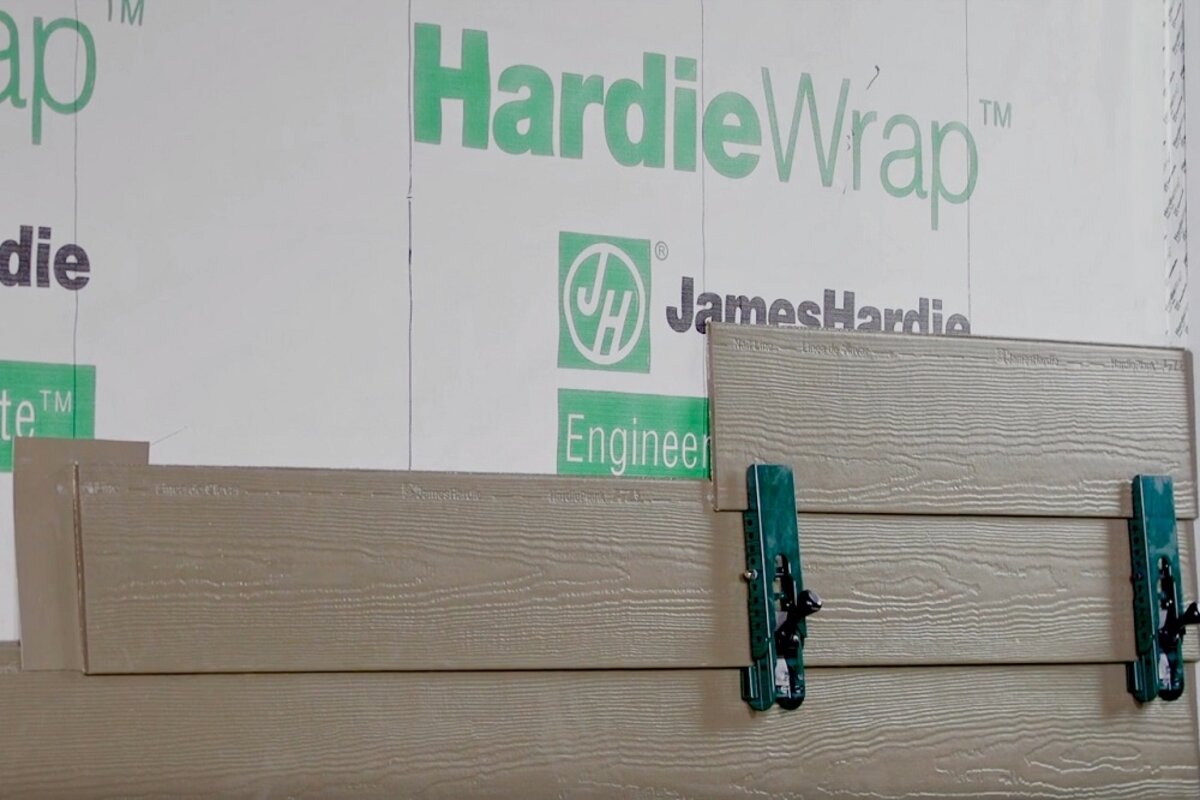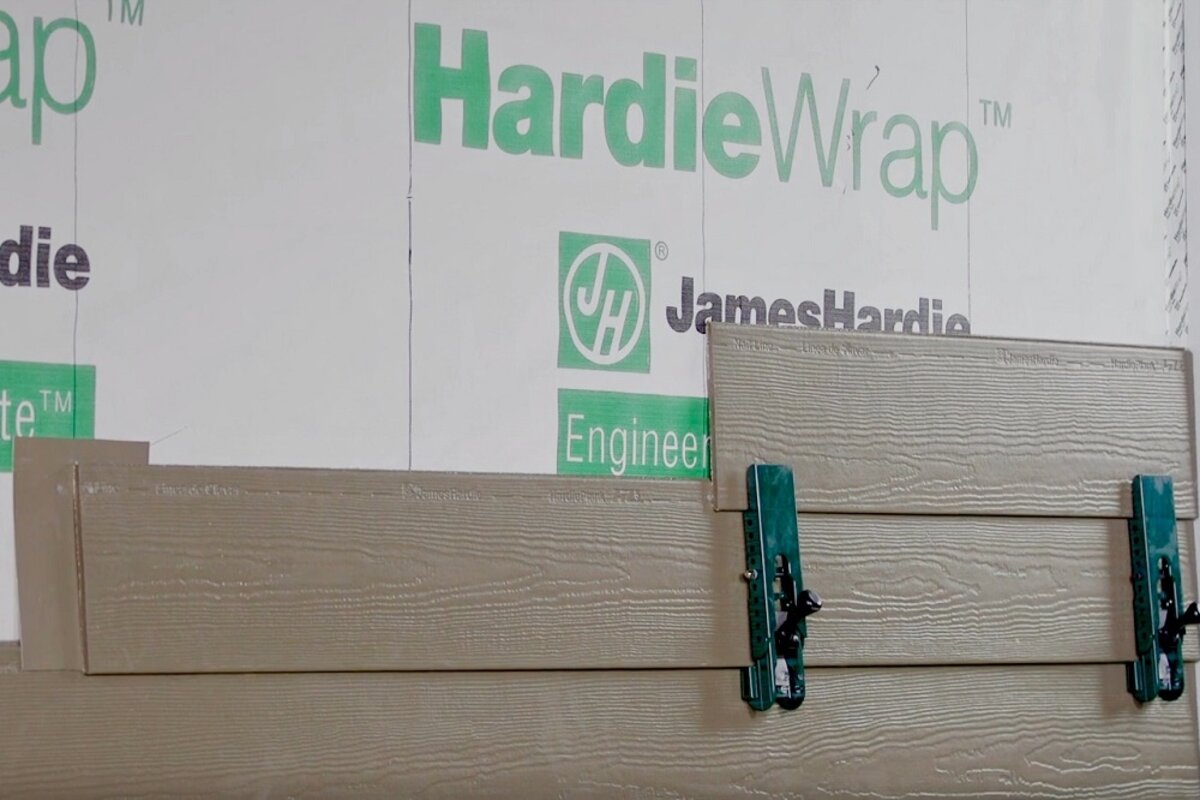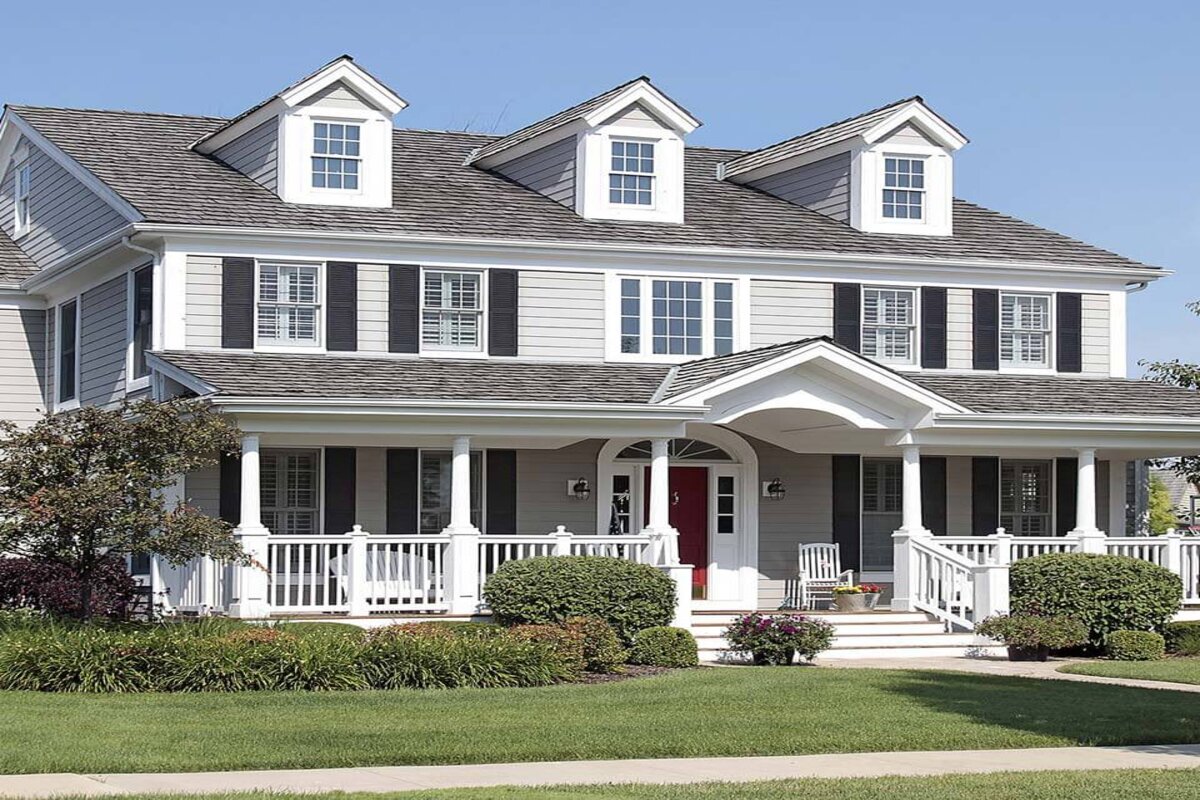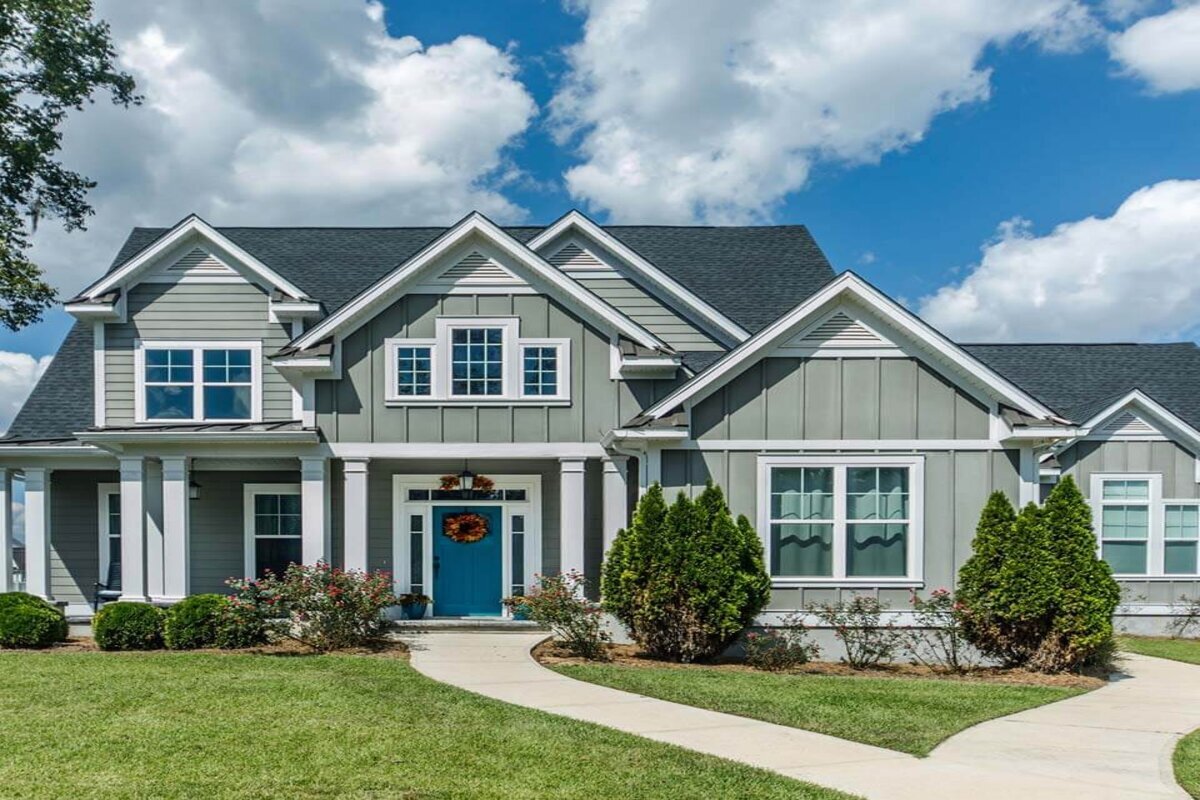Knowing what Hardie board is made of helps you understand why it lasts so long and holds up in Kansas City’s changing weather. It’s built to look like wood but perform far better against rain, wind, and heat. The result is siding that keeps its shape, color, and curb appeal for years with little upkeep.
Below, we break down what’s inside Hardie board, how it’s made, and what makes it different. You’ll also see its pros and cons to help you choose with confidence.
What is Hardie Board Made Of? The Short Answer
Hardie board is fiber cement siding. It is a mix designed for strength, shape, and long life.
- Portland cement for structure
- Silica sand for body and impact
- Cellulose fibers for flex and crack control
- Water to blend and bind
- Proprietary additives for workability and finish hold
Key Takeaway: The recipe balances strength and flexibility, which helps it handle freeze and thaw cycles in Kansas City.
How Hardie Board Is Made
Pulping and Mixing
We start with wood fibers and water, then add cement, sand, and additives. The goal is a smooth, even slurry.
Sheet Forming and Layering
The slurry forms thin sheets. Layers stack to reach the right thickness for each profile.
Pressing and Embossing
Heavy presses lock layers and add real wood textures.
Autoclave Curing
Steam and pressure cure the boards. This step boosts stability and helps paint hold.
Priming or ColorPlus Finishing
Boards get a factory primer or a factory baked-on color finish.
Final Inspection and Quality Control
Edges, thickness, texture, and finish are checked before shipping.
Pro Tip: Ask for ColorPlus if you want longer paint life and easier touch-ups.
What Makes Hardie Board Unique
Autoclave-Cured Stability
Steam curing helps the board resist warping in hot, cold, wet, or dry weather.
Engineered for Climate
Profiles and finishes are built to handle Midwest storms and sun.
Wood Look Without Wood Issues
You get the grain and depth of wood without rot or termites.
Long-Lasting Color Options
Factory color reduces repaint cycles and keeps a crisp look.
Pros and Cons of Hardie Board Siding
Pros
- Outstanding durability: Thick, dense, and stable
- Eye-catching curb appeal: Deep textures and clean lines
- Resists pests: Termites and woodpeckers avoid it
- Fire resistant: Non-combustible material
- Low maintenance: Simple rinse and basic caulk checks
- Strong warranty: Product and finish coverage
- Design choices: Lap, panel, shingle, trim, and soffit systems
Cons
- Higher initial cost than vinyl
- Heavier boards need expert crews and the right tools
- Repainting may be needed over time for primed boards
Need expert help with Hardie board siding? Contact Fairway Exteriors for a free consultation.
Care and Maintenance Basics
Rinse once or twice a year with a garden hose. Use mild soap for spots. Check caulk and flashing once a year. For ColorPlus, use the factory touch-up kit on small nicks.
Key Takeaway: Simple care keeps Hardie looking sharp and protects your warranty.
Is Hardie Right for Your Home?
Choose Hardie if you want strong curb appeal, less upkeep, and better fire and pest resistance. It is a smart pick for hail, wind, and wide temperature swings. If you ask what Hardie board is made of, remember it is built from cement, sand, and fibers that hold up in our local climate.
Get a Hardie Proposal You Can Trust
We design, plan, and install according to the manufacturer’s specs. We manage flashing, clearances, and weather barriers the right way. If you still wonder what Hardie board is made of and how it performs on your home, we can show samples and recent projects. Schedule your free consult with Fairway Exteriors today and get a detailed Hardie plan for your Kansas City home.








